Nationality American Missions None Other occupation Test pilot Space agency NASA | Role Astronaut Status Killed during training Name Theodore Freeman | |
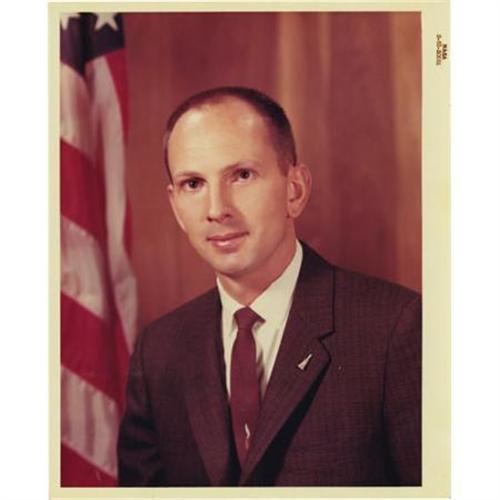 | ||
Born February 18, 1930Haverford, Pennsylvania, U.S. ( 1930-02-18 ) Alma mater University of DelawareUSNA, B.S. 1953UMich, M.S. 1960 Rank Captain, United States Air Force | ||
Other names Theodore Cordy Freeman | ||
Theodore Cordy "Ted" Freeman (February 18, 1930 – October 31, 1964), was an American aeronautical engineer, U.S. Air Force officer, test pilot, and NASA astronaut. Selected in third group of NASA astronauts in 1963, he was killed a year later in the crash of a T-38 jet, marking the first fatality among the NASA Astronaut Corps. At the time of his death, he held the rank of captain.
Contents
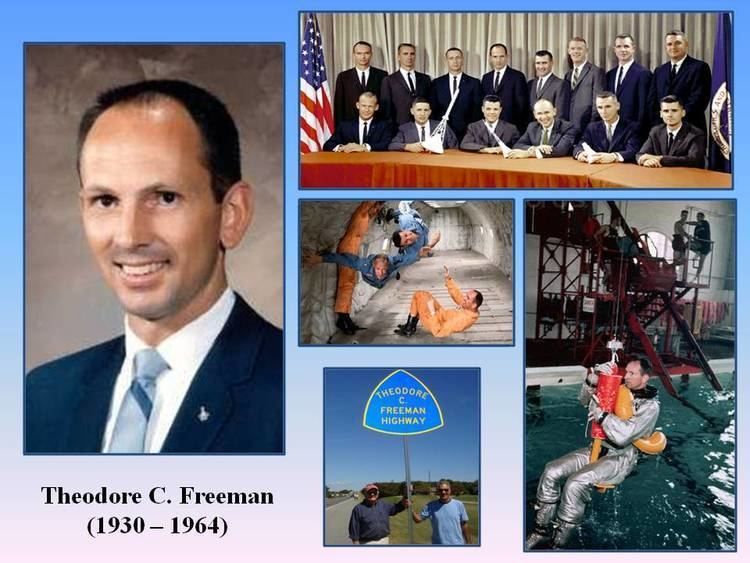
Early years
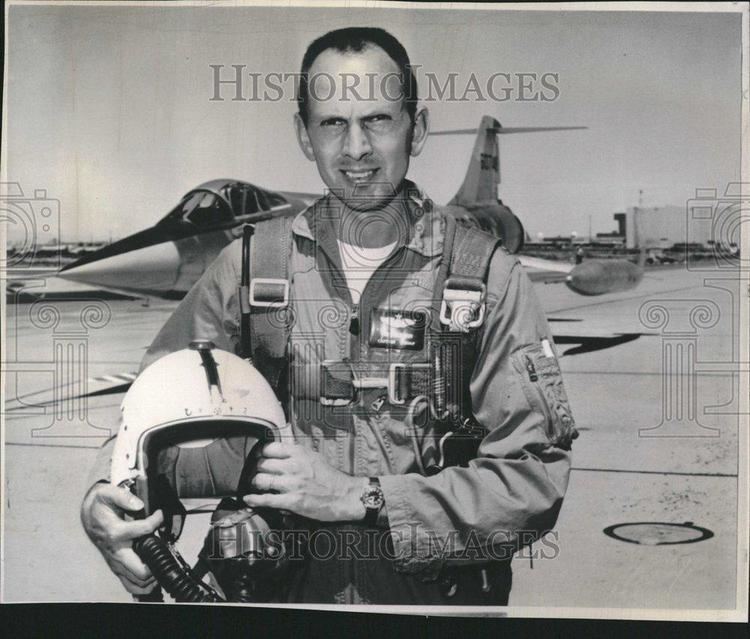
Born in Haverford, Pennsylvania, Freeman was named after the man that raised his father (Theodore Cullen Donovan), as well as his maternal grandfather (Thomas Cordy Wilson). Raised in Lewes, Delaware, he attended Lewes Elementary School from 1936 to 1944. His father was a farmer and his brother a carpenter, and it seemed as if he would also have a blue collar career. When Freeman and his brother were young, they saved up money so they could take plane rides. He also was a part-time worker, helping to refuel the planes and work on them. He spent most of his money on flying lessons, and with over 450 hours of flying on his training record, earned his pilot's license by the age of 16. "I sort of grew up at the airport," Freeman said.
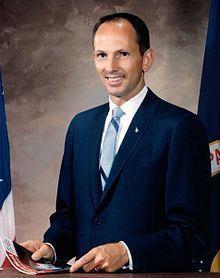
Freeman played baseball and football in high school. While playing football, he was hit hard and his teeth were knocked out of alignment. He was the president of the school's student and the local chapter of the National Honor Society; he graduated as an honors student ranked third in his class in 1948.
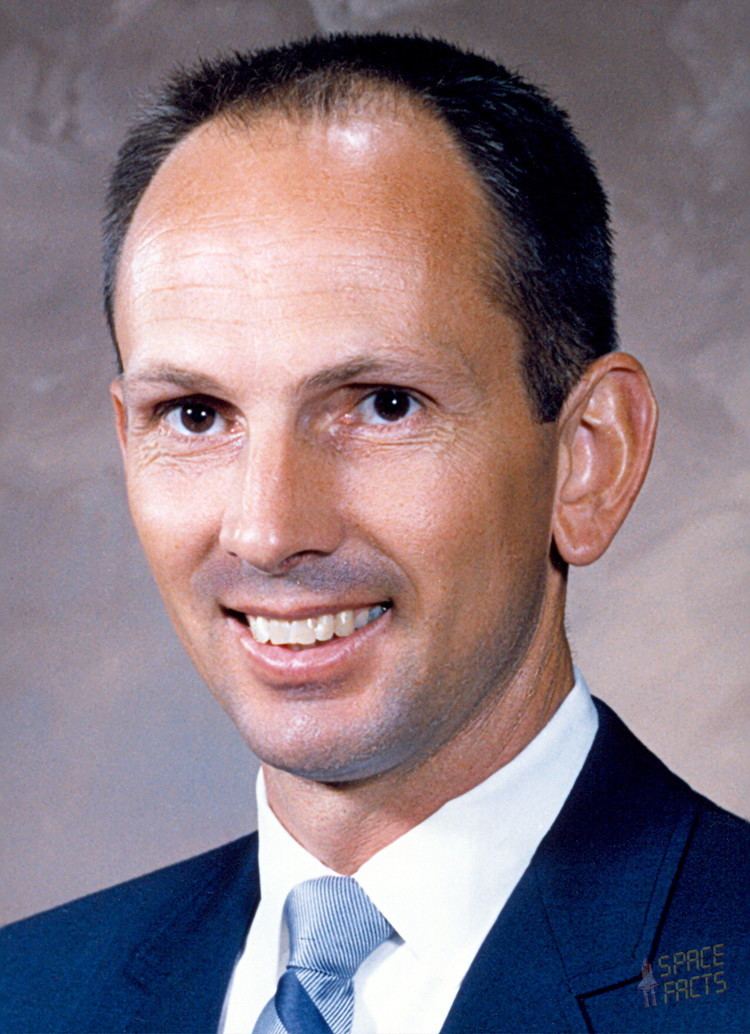
He was a Boy Scout and he earned the rank of First Class.
Education
During his senior year of high school, Freeman completed the application to the U.S. Naval Academy. He passed the scholarship portion, but failed the medical portion due to his crooked teeth. He was told if he straightened them out he would be accepted the next year.
During that year, Freeman attended the University of Delaware at Newark to further his education. He also made some money by spotting schools of fish for local fisherman. Freeman had an operation to fix his teeth, which included grinding his teeth down, then wore braces for several months to finish the effort. He was admitted to the U.S. Naval Academy Class of 1953 on June 17, 1949. Freeman graduated from Annapolis in 1953 with a Bachelor of Science degree. In 1960, he received a Master of Science degree in Aeronautical Engineering from the University of Michigan.
Military and NASA career
Freeman elected to enter the U.S. Air Force and took flight training at Hondo Air Force Base and Bryan Air Force Base, Texas and at Nellis Air Force Base, Nevada. He was awarded his pilot wings in February 1955, shortly after being promoted to first lieutenant, then served in the Pacific and at George Air Force Base, California. He was promoted to captain while pursuing his master's degree at the University of Michigan and then went to Edwards Air Force Base, California, in February 1960 as an aerospace engineer.
Freeman graduated from both the Air Force's Experimental Test Pilot School (Class 62A) and Aerospace Research Pilot School (Class IV) courses. He elected to serve with the Air Force. His last Air Force assignment was as a flight test aeronautical engineer and experimental flight test instructor at the ARPS at Edwards AFB in the Mojave Desert.
Freeman served primarily in performance flight testing and stability testing areas; he logged more than 3,300 hours flying time, including more than 2,400 hours in jet aircraft. Freeman was one of the third group of astronauts selected by NASA in October 1963 and was assigned the responsibility of aiding the development of boosters.
Death
On the morning of Saturday, October 31, 1964, after a delay caused by fog, Freeman piloted a T-38A Talon from St. Louis to Houston. He was returning from McDonnell training facilities in St. Louis and was killed during final approach to landing at Ellington Air Force Base in Houston; a goose flew into the port-side air intake of his NASA-modified T-38 jet trainer, causing immediate engine failure. The bird strike was plainly observed by two airmen on duty in the Ellington AFB Air Traffic Control Tower Cab. Flying shards of Plexiglas may have entered the jet engine during the crash.
Within seconds of the goose strike, the plane pancaked short of the base perimeter fence onto a public highway and caused the plane to immediately and violently lose structural integrity. The two observers did not witness any evidence of Freeman ejecting from the stricken aircraft, but it was too close to the ground for a parachute to open properly in any event.
Personal life
Freeman was survived by his wife Faith Clark Freeman and one daughter, Faith Huntington. Faith Freeman first heard of her husband's death when a reporter came to her house: NASA subsequently ensured that in the case of future astronaut deaths, their families were informed by other astronauts as quickly as possible. He was buried with full military honors in Arlington National Cemetery.
Organizations
Freeman was a member of the American Institute of Aeronautics and Astronautics and the Society of Experimental Test Pilots.
Honors
The Clear Lake City-County Freeman Branch Library of the Harris County Public Library and Houston Public Library systems is named in memory of Freeman. An artificial island off Southern California is also named for him. This is one of the four "Astronaut Islands" built in Long Beach Harbor during the late 1960s as unsinkable platforms for oil drilling; the others were named Grissom, White and Chaffee, in honor of the astronauts killed in the Apollo 1 fire. The Theodore C. Freeman Highway in Lewes, Delaware, which carries U.S. Route 9, is named after him.
Books
An account of Freeman's life and career appears in the 2003 book Fallen Astronauts by space historians Colin Burgess and Kate Doolan.
Oriana Fallaci's If the Sun Dies, a book on the early days of the American space program, features an account of Freeman.
The Forgotten Astronauts by Codex Regius includes a brief account on the circumstances of Freeman's death.
